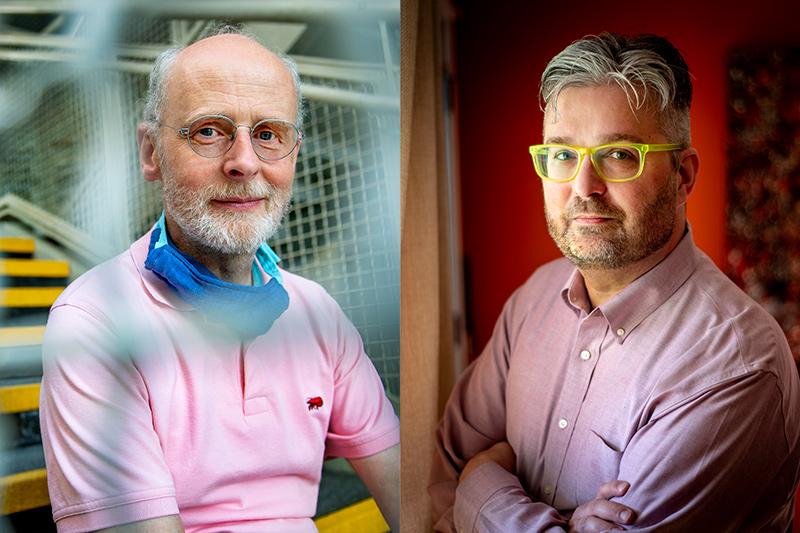Roll over, Aristotle, nature doesn’t always hate a vacuum
Aristotle coined the phrase “nature abhors a vacuum,” but a team of Tulane University researchers says their latest study proves there are exceptions to the rule.
The phrase expresses the idea that unfilled spaces go against the laws of nature and physics and that every space needs to be filled with something.
In their study, published in Nature Chemistry, the researchers showed that it is possible that water may refuse to fill a class of bowl-shaped molecules called cavitands — depending on the placement of oily groups around the rim of the molecule’s bowl when placed in aqueous solution.
“This is a grand research objective across many scientific disciplines, and our work represents a new tool in that quest.”
Hank Ashbaugh, Tulane chemical engineering professor
The study, which was featured on the cover of Nature Chemistry, provides new insights on how to modify the stickiness of these molecular building blocks, allowing engineers to build materials, like gels, from the bottom-up.
“This could potentially impact the design of ‘self-healing’ materials — soft materials that fix themselves following damage,” said Hank Ashbaugh, a co-author of the paper and a chemical engineering professor at Tulane.
Ashbaugh’s fellow authors of the study, titled “Spontaneous drying of non-polar deep-cavity cavitand pockets in aqueous solution,” are chemistry Professor Bruce Gibb along with Dor Ben-Amotz, a professor of physical chemistry at Purdue University.
Ashbaugh likened the cavitand to a socket and anything that binds to it as a ball. “To be able to get the ball and socket together, we have to get the solvent, or water, out of the socket to seat the ball.”
He said the paper shows that by using simple design criteria, “we can make it so that water does not even want to sit it the socket, making it easier for the ball and socket to get together.”
He said enzymes work on a similar principal. Enzymes have pockets on their surfaces that bind to ligands, or molecules, on which they work to catalyze reactions.
“Our work shows that we can control the strength of the ball and socket interaction by changing how much water wants to go into the pocket. Thus we are making a synthetic enzyme-like pocket.”
Ashbaugh said the study helps towards understanding how to create synthetic materials that act like biological materials. “This is a grand research objective across many scientific disciplines, and our work represents a new tool in that quest,” he said.

